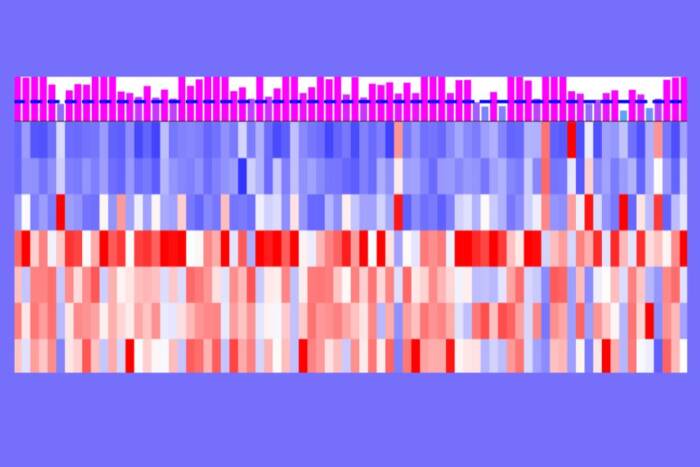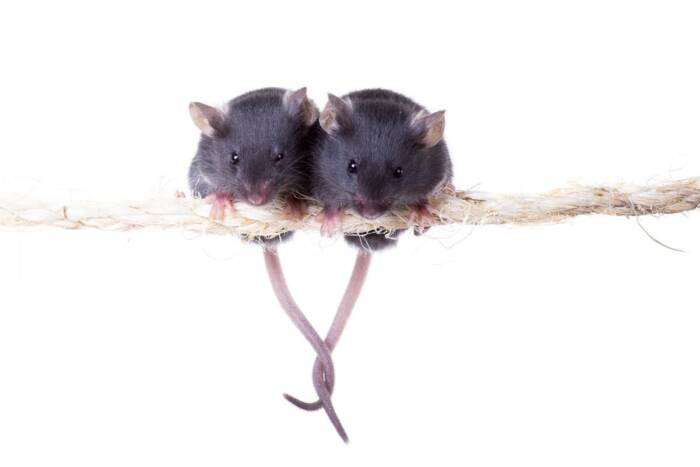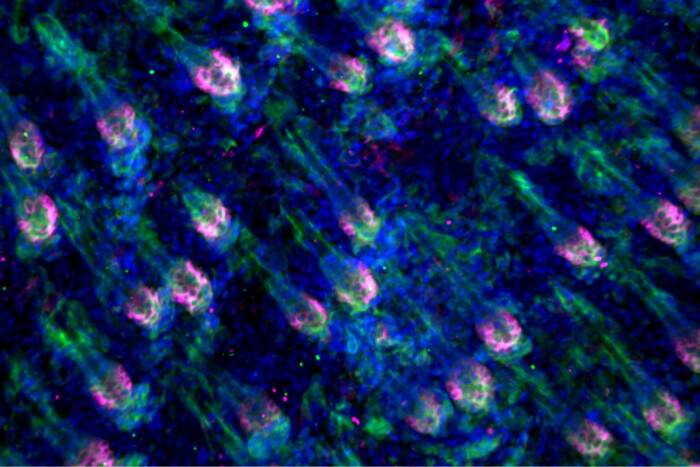Genetic studies in mice yield clues to how heart disease is inherited
Heart disease tends to run in families, and scientists have long known that genetics play an important role. Now, new research in mice, from the laboratory of Rockefeller’s Jan L. Breslow, shows that the genetics of heart disease are more complicated than previously thought.
In a study led by Daniel Teupser, an adjunct faculty member in Breslow’s lab, researchers bred two different strains of mice, one that’s resistant to atherosclerosis, a type of heart disease commonly referred to as “hardening of the arteries,” and one that’s susceptible to the disease. Teupser and Breslow found evidence for a gene that conferred susceptibility only in one gender and only if that gene came from the susceptible strain ancestor of the opposite gender.
Based on numerous studies, scientists know that genetics can explain about 50 percent of the variability of a person to develop atherosclerosis. People, however, do not make good study subjects when it comes to genetics — they have a tendency to consider factors other than which genes are associated with heart disease when selecting a mate. Mice, on the other hand, are quite amenable to mating with whichever cage-mate they happen to be assigned.
Teupser and Breslow put the susceptible and resistant strains of mice together and let them mate. Then the offspring of these pairs were mated with each other and the resulting mice were assessed genetically and examined for evidence of atherosclerosis. The scientists then used computer programs to determine which part of the genome was co-inherited with the extent of atherosclerosis. Three regions were found: one on chromosome 10 acting in both genders, and another on chromosome 3 acting only in females. A third region was found on chromosome 12 that conferred susceptibility in female mice, but only if the original ancestor was a male of the susceptible strain, and conversely in male mice only if the original ancestor was a female of the susceptible strain.
“No one had shown that the inheritance of atherosclerosis genes could depend on the gender of the susceptible ancestor,” says Breslow. “In future mouse experiments the way the breeding is set up (i.e. the genders of the susceptible and resistant mice in the original cross) will need to be accounted for to assess lineage effects on atherosclerosis susceptibility genes. Our results also suggest that it will be important to analyze human studies of genes for heart disease and other complex traits for lineage dependency.”
The findings will aid researchers tracking human inheritance of atherosclerosis, which can contribute to heart attack, stroke, leg circulation problems and impotence, and may lead to more accurate assessments of patients who might be at risk to develop these diseases.
Proceedings of the National Academy of Sciences 103(1): 123-128 (January 3, 2006)(opens in new window)


